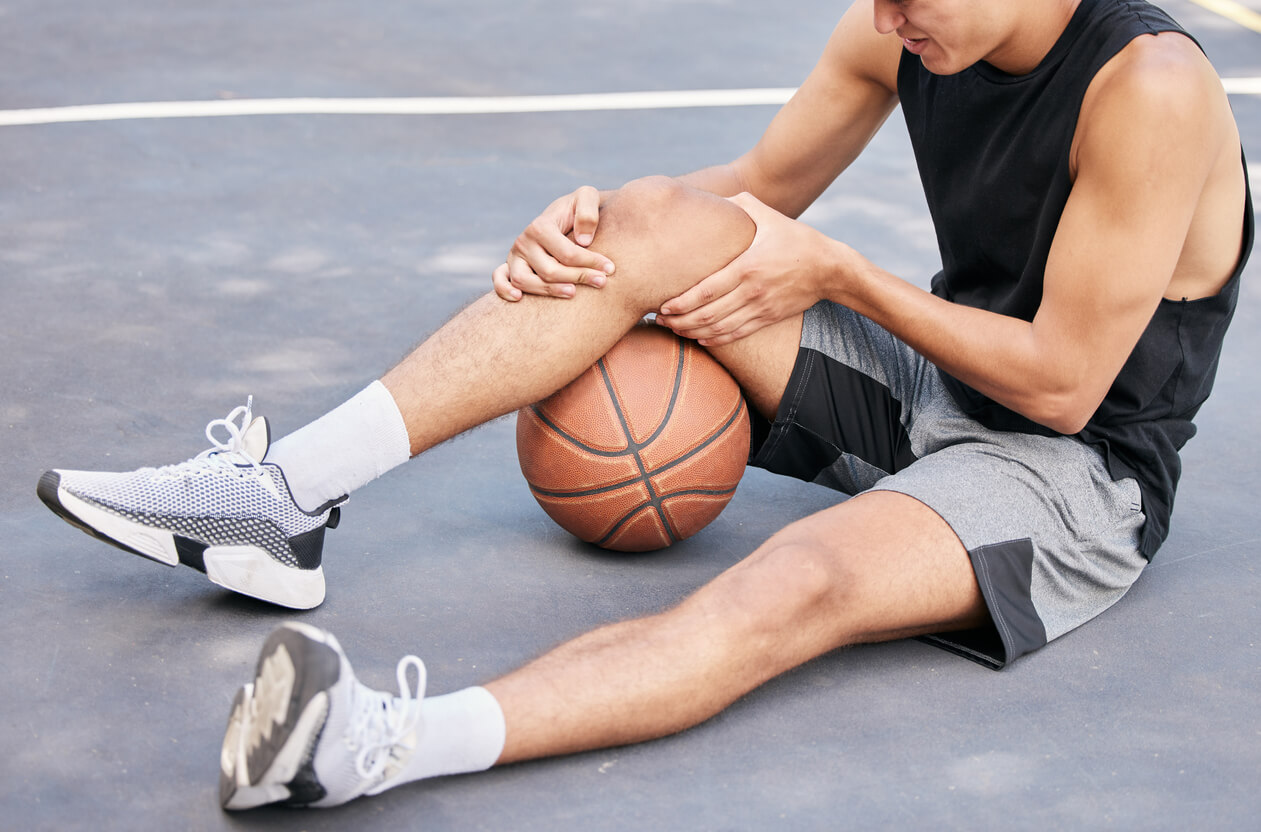
Participating in sports is a fantastic way to keep fit, have fun, and challenge yourself. However, it comes with a risk of injuries, which can be a setback for anyone who loves staying active. This preventing sports injuries guide will walk you through simple yet effective tips to help you enjoy your favorite sports without the worry of getting hurt.
Whether you’re a seasoned athlete or just love to be active on weekends, these insights on preventing sports injuries will keep you safe and in the game!
The Best Sports Injury Prevention Tips
Whether you’re a competitive athlete or a weekend warrior, preventing injuries is crucial to enjoying your sport and maintaining your fitness.
Here are some essential tips that apply to both groups:
1. Understand Your Body
Knowing your physical limits and capabilities is key. Pay attention to what your body tells you. If you feel pain or discomfort, don’t ignore it. Stop the activity causing the pain and discuss the matter with a doctor.
2. Consistent Training
Regular exercise and training help strengthen muscles and improve endurance, reducing the risk of injuries.
However, it’s important to increase the intensity and duration of your workouts gradually.
3. Proper Warm-Up and Cool-Down Routines
Before any physical activity, warm up your muscles with light exercise or a brisk walk. After your session, cool down with stretches to prevent muscle soreness and stiffness.
4. Use the Right Equipment
Always use appropriate gear and equipment designed for your specific sport. This includes protective gear like:
- Helmets
- Knee pads
- Appropriate footwear
5. Stay Hydrated and Well-Nourished
Good nutrition and hydration are vital. They keep your body functioning optimally and reduce the risk of cramps and other exercise-related issues.
6. Cross-Training
Engage in a variety of sports or exercises. This approach helps to balance your muscle use and reduce the risk of overuse injuries.
7. Rest and Recovery
Rest is just as important as active training. It allows your body to heal and recover, preventing overuse injuries.
8. Learn and Practice Proper Techniques
Whether lifting weights, swinging a tennis racket, or running, proper technique is crucial. Consider getting coaching or training advice to ensure you’re doing it right.
9. Listen to Professional Advice
If you’re recovering from an injury or have health concerns, always consult with a healthcare provider or a professional trainer for personalized advice.
10. Mental Preparation
Mental fitness is as important as physical preparedness. Stress and anxiety can lead to a lack of focus, increasing the risk of injury.
Practice relaxation and visualization techniques to enhance your mental game.
By incorporating these tips into your routine, both athletes and weekend warriors can reduce their risk of injury and enjoy their sports safely and sustainably.
When to Visit a Doctor
Recognizing when to seek medical attention is crucial in sports and fitness activities. Here’s a guide on when it’s time to visit a doctor:
- Persistent Pain: If you experience pain that doesn’t improve with rest and over-the-counter pain relief, it’s a sign to consult a doctor. Persistent or worsening pain can indicate a serious injury.
- Swelling That Doesn’t Subside: Swelling is a common response to injury, but if it doesn’t reduce with icing and elevation, or if it worsens over time, medical evaluation is necessary.
- Reduced Range of Motion: Difficulty moving a joint through its full range of motion, or stiffness that persists, can be a sign of a more serious issue.
- Numbness or Tingling: These sensations, especially if persistent or recurring, could indicate nerve damage or a more severe injury.
- Visible Deformities: Any obvious deformity in a limb or joint, such as a suspected fracture or dislocation, requires immediate medical attention.
- Symptoms That Persist or Worsen: If symptoms like pain, swelling, or stiffness don’t improve with home treatment, or if they worsen, it’s time to see a doctor.
- Joint Instability: If a joint feels unstable or gives way during use, it may indicate a ligament injury and needs medical assessment.
- Injuries Accompanied by Fever: If an injury is followed by fever, it could be a sign of infection, especially if there’s warmth and redness around the affected area.
- Difficulty Bearing Weight: Inability to bear weight on a limb or joint, especially in the legs, should be evaluated by a doctor.
- Head Injuries: Any injury that involves a blow to the head, especially if it’s accompanied by dizziness, confusion, or loss of consciousness, should be assessed immediately.
Remember, it’s better to be cautious and seek medical advice than to ignore symptoms that may indicate a serious injury. Early intervention can prevent further damage and aid in a quicker recovery.
Preventing Sports Injuries in Austin, TX
Preventing sports injuries isn’t just about one or two precautions; it’s about adopting a comprehensive approach that includes proper training, nutrition, mental well-being, and the right gear. Remember, whether you’re hitting the track, the field, or just playing a casual game with friends, safety should always be your top priority. By following these practical tips, you can significantly reduce your risk of injury and enjoy a healthy, active lifestyle.
You can turn to All-Star Orthopedics of Austin if you want to prevent getting a sports injury in Austin, TX. Under the skilled and compassionate care of Dr. Carolyn M. Hyde, you can rest assured you will receive the services you need. Call our helpful staff today at (512) 346-4933 to learn more about how we can help you. If you want to schedule a visit with the best orthopedic surgeon near you, submit an online appointment request form.
We look forward to serving you!





